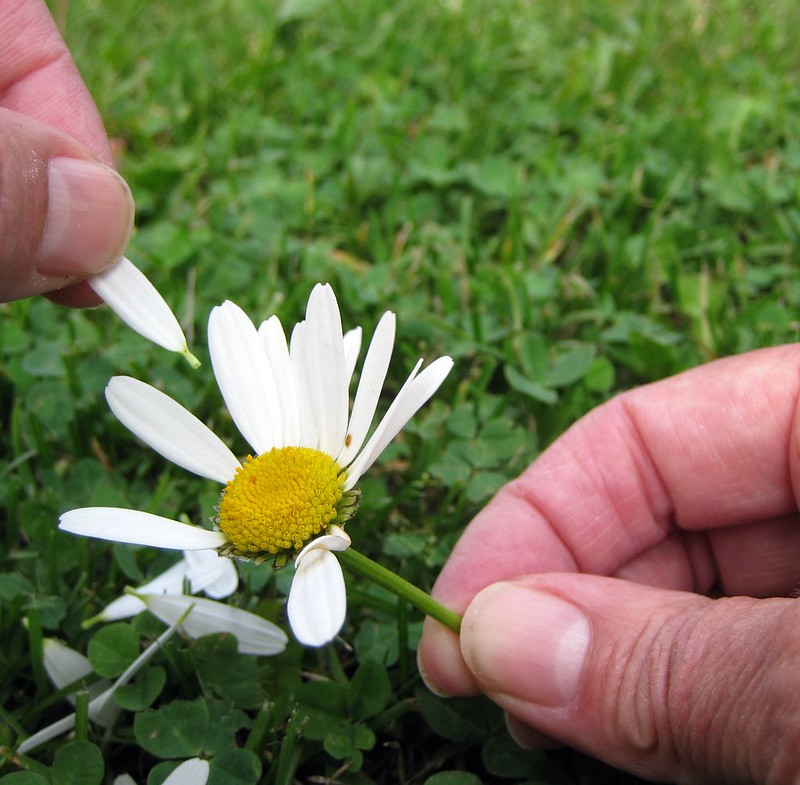Last weeks post about sentence structure talked about that slavic languages, including Ukrainian, are a bit more liberal with sentence structure and the order of words than for instance germanic languages like Swedish and English.
If you are coming from a language where sentence structure is important, you might wonder how to differentiate between who does what. Going back to the sentence “The man loves the woman”. If that can be written in any order, how do we know who loves and who is the loved.
Looking at Swedish or English, we actually do what the slavic languages do, but with only a small amount of words. Let’s change the sentence, so that we use pronouns instead of nouns.
He loves her
Here, the word “woman” is replaced with the female pronoun. But, we use “her” instead of “she”. This is often referred to as “cases” in grammar.
If we change the roles, we would say
She loves him
So, the pronoun changes depending on who loves and who is loved. This mean we can play around a little with the order of the sentence, and still understand who does what.
Ukrainian does this.
But with ALL nouns, not only with pronouns.
Let’s look at the same sentence in Ukrainian.
чоловік любить жінку (cholovik lyubytʹ zhinku)
чоловік is the Ukrainian word for “man”, and the word for woman is “жінка” (zhinka).
The same sentence, but with switched roles, would be like this:
жінка любить чоловіка (zhinka lyubytʹ cholovika)
As can be seen, the words for man and woman changes slightly. чоловік becomes чоловіка and жінка becomes жінку, just as “he” becomes “him”, and “she” becomes “her”. In other words, we have found two different cases for these words.
This is of course an extra challenge when learning Ukrainian, but it also opens up for more interesting ways to build sentences. It also seems that there are some simple patterns to follow, on how to form the different cases.
Now, to make things even more interesting, Ukrainian doesn’t have two or three cases.
They have seven.
But, that’s a topic for another blog post.
Photo: Kate Ter Har
